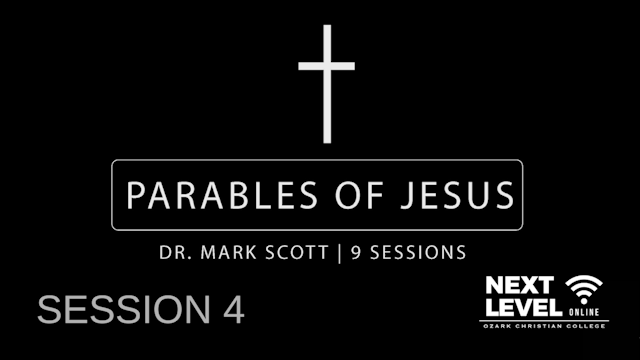Parables are not unique to Jesus—what he did with them is somewhat
unique.
There were Hasidic tales, Sufi stories, and Zen anecdotes. Some say
there were Buddhist and Chinese ones. Supposedly Aesop’s fables can
be traced to Syrian origins.
But we have some OT ones, and Judaism has its fair share.
of two sons.
- 1 Kings 20:35-42 Parable of the Disguised Prophet.
- Judges 9:7-15 Parable of the Olive Tree and Thorn Bush
.
- 2 Kings 14:9-10 Parable of the Thistle and Cedar.
- Eze. 16:1-54 Parable of Unfaithful Israel; 17:2-24 Parable of the 2 Eagles and the Vine; 19:2-9 Parable of the Lions and Cubs; 19:10-14 Parable of the Vine and Vineyard; 23:1-49 Parable of Two Sisters; 24:3-14 Parable of the Pot.
Rabbinic ones are much shorter. One in the Mishna (Niddah 5:2, 7 and 9).
Greco-Roman Ones are actually closer in form to how Jesus taught.
They tend to be more poetic than those of Christ.
Seneca used ones that were primarily interrogative parables.
Later they tended in the direction of persuasion.
Jesus drew upon some of these AND the people to whom Jesus spoke
had a reservoir from which to draw to interpret them.

